It’s high time I posted about fun science at home! I’ve got two experiments outlined below. I admit that it was difficult to come inside. The weather and fall colors are gorgeous.
Along with fall comes the inevitable raking. Good thing I have Louie to help! And boys to bribe.
These experiments have minimal supplies, so you won’t even need to to to the store first! Especially if you’ve got as many drawers of junk as I do. (which I also ignore!)
The experiments will make great practical jokes.
Junk Drawer! Science At Home
In fact, I bet if you rummage around in your junk drawer, you’ll find what you need! These STEM science at home experiments will cost zero dollars! And they’re fun.
You’ll look like an expert because I’m explaining the ‘why’ behind the science.
Time to impress your posse with science at home!
Experiment # 1 : Spinning Straws
Spin a straw with no hands!
Supplies that I bet you have in your junk drawer!
I found that a rounded bottom works best, to decrease friction. You’ll see in my video, I use a flat bottomed glass. (Go figure.)
You won’t want to actually use these after the experiment…you’ll see why shortly.
Louie didn’t love this part.
Steps to Spinning Straw Science Experiment
Video of Spinning Straws
The Science Behind Spinning Straws
Two words : Static Electricity
Static electricity is the build-up of an electrical charge on the surface of an object. The reason that it’s called static electricity is because the charges stay in one area for some time. They don’t flow or move to a different area.
What are charges, exactly? Electrons!
When you rub the straw on your head –or against Louie’s hair– the electrons jump! Both straws gain electrons from your hair!
Since both straws have extra electrons, they are both negatively charged. Like charges repel each other. Hence one straw pushes the other away.
Since your hair lost electrons to the straws, is your hair now negatively or positively charged?
POSITIVELY CHARGED!
This science experiment at home is demonstrating the repelling of like charges!
If you bring the charged straw close to your hair, it will stand up. Why?
Because like charges attract!
There are many ways to make electrons jump.
Rubbing your feet across a carpet causes the electrons to jump onto you. More and more join your trek across the carpet.
Eventually more electrons don’t want to come up on you because you’re so charged up. You end up with a high voltage, about 20,000 to 25,000 volts.
That’s serious power at your fingertips, considering a normal electrical outlet on the wall is only around 100 volts of electricity.
And bolt they do. You touch the more positively charged doorknob–after all you are full up with electrons– and get a shock!
Static electricity works best on cold, dry days. This is why we get more shocks in winter. If it’s humid, the way it is in the summer, there is more water vapor in the air.
Water molecules are polar, meaning they have a positive and negative side. On a humid day, the electrons from the carpet will jump to the positive side of the water molecules in the air, instead of to you.
I discuss water properties in my book, Chemical Reactions!: With 25 Science Projects for Kids, coming out in 2021. And in this post, too.
Fun Experiment # 2: Do Not Open or The Water Bottle Trick
Who doesn’t love a challenge? The second someone tells me NOT to do something, I’m tempted. I shouldn’t call science a trick, but with this one, you can trick your kids, guests, siblings, anyone you please. With science at home! Time to trick your posse….
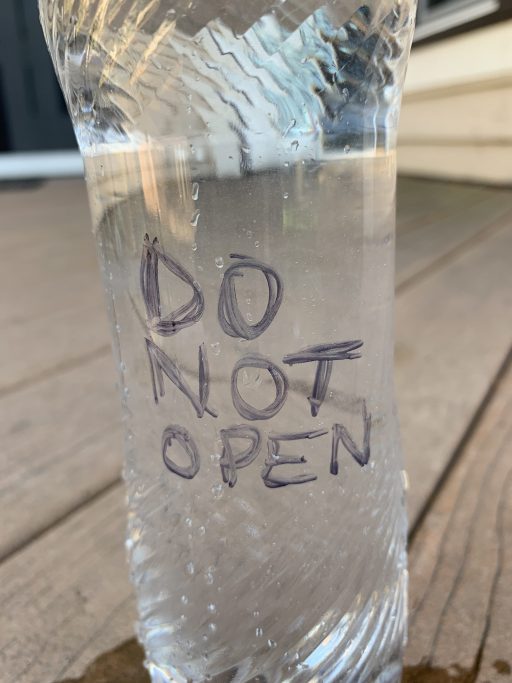
Supplies that I bet you have in your junk drawer or in this case, the recycling bin!
Steps for Water Bottle Trick
Video of Water Bottle Trick
The Science Behind the Water Bottle Trick
First, let's answer that question
NO!
When you pour water into the bottle, the molecules of air that once occupied the bottle come rushing out of the top. You don’t notice this because molecules of air are invisible.
Likewise, when you pour water out of a bottle (thanks to gravity) the water rushes out. The other action that’s occurring is that air rushing into the bottle.
Think of it as an even exchange of water for air.
This makes a great practical joke for kids. They’re learning science and having fun.
Surface Tension
You might ask why poking a tiny hole in the side of a bottle would not cause it to leak. It would if air molecules can sneak into the bottle. However, when the lid is on the bottle, air pressure can’t get into the bottle to push on the surface of the water.
The water molecules work together to form a kind of skin to seal the holes—it’s called surface tension. (I talk about this in that other post, too)
Water really is amazing!
I bring a water bottle along on walks with Louie and untape the hole so he can have a little drink. The tape is necessary in this case, because if I grab the bottle, exerting pressure on the side of the bottle will force water out of that hole.
This science trick is portable!
And there we go! Science at home with 2 fun experiments. Go ahead, trick your friends!


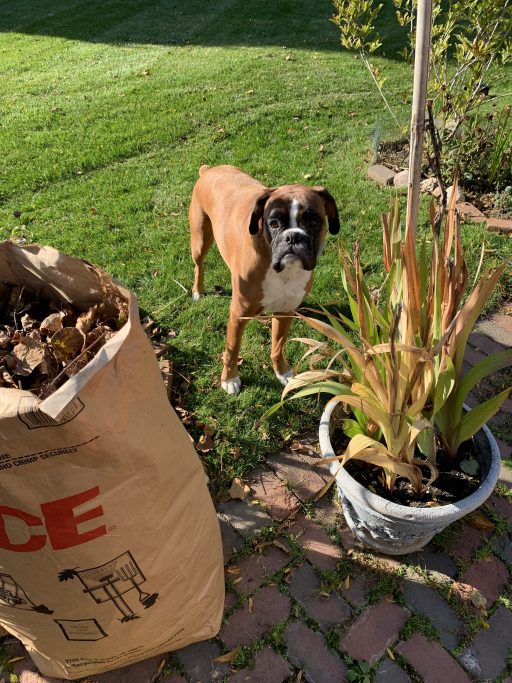
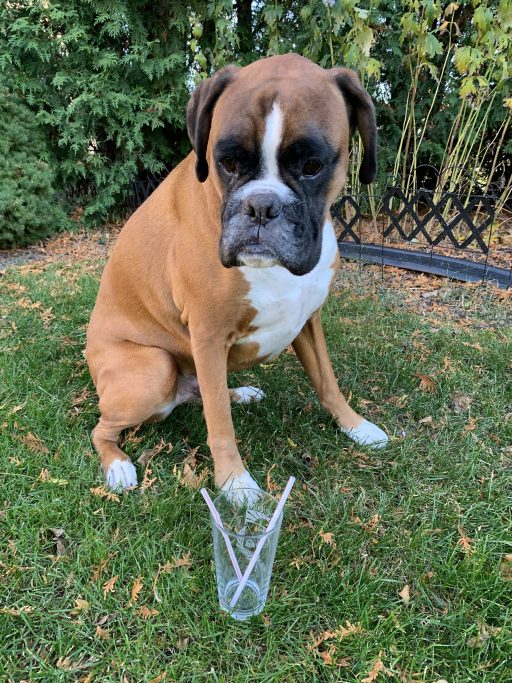
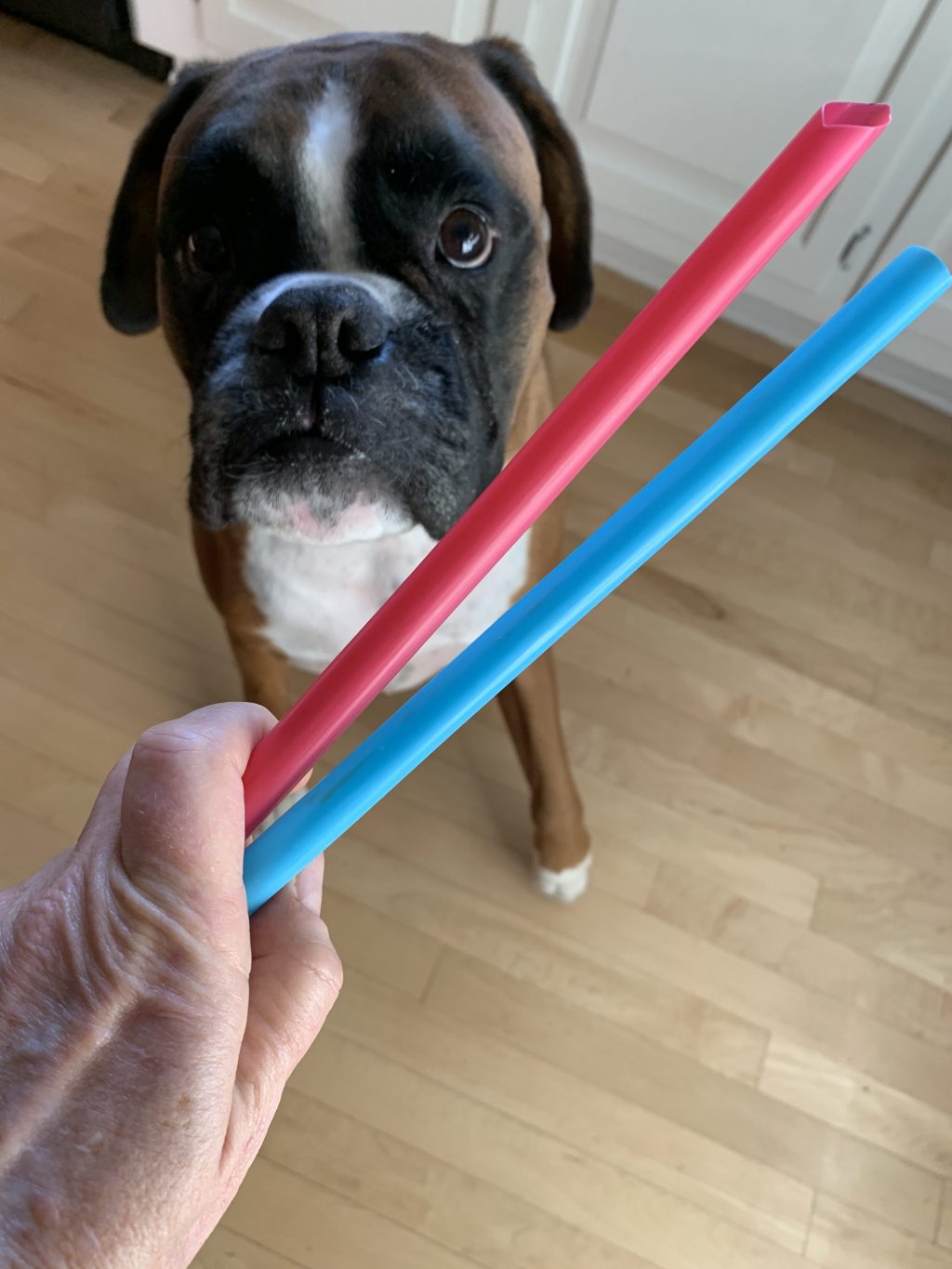

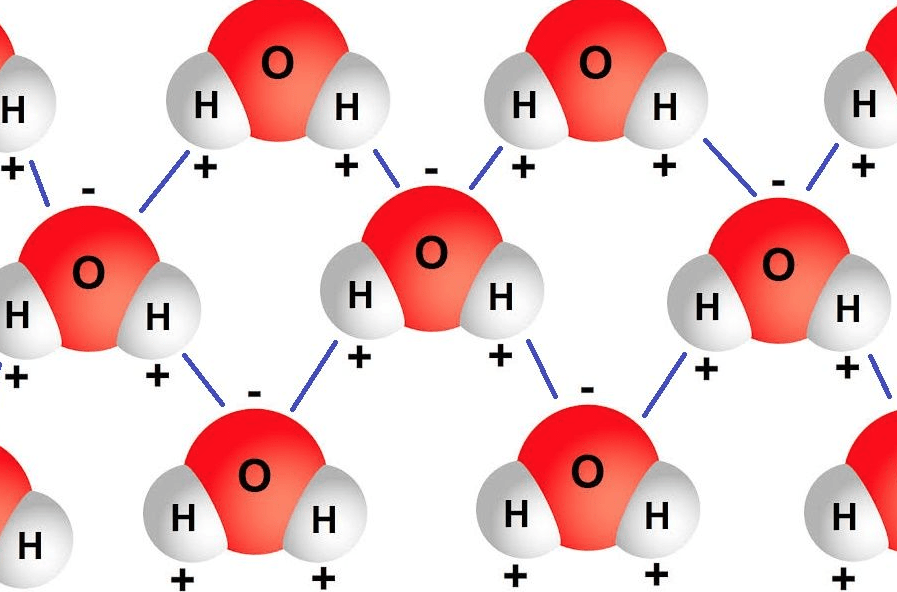
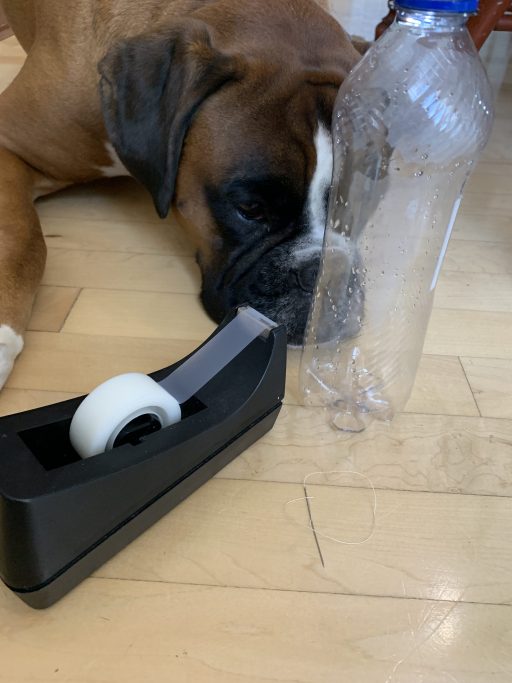
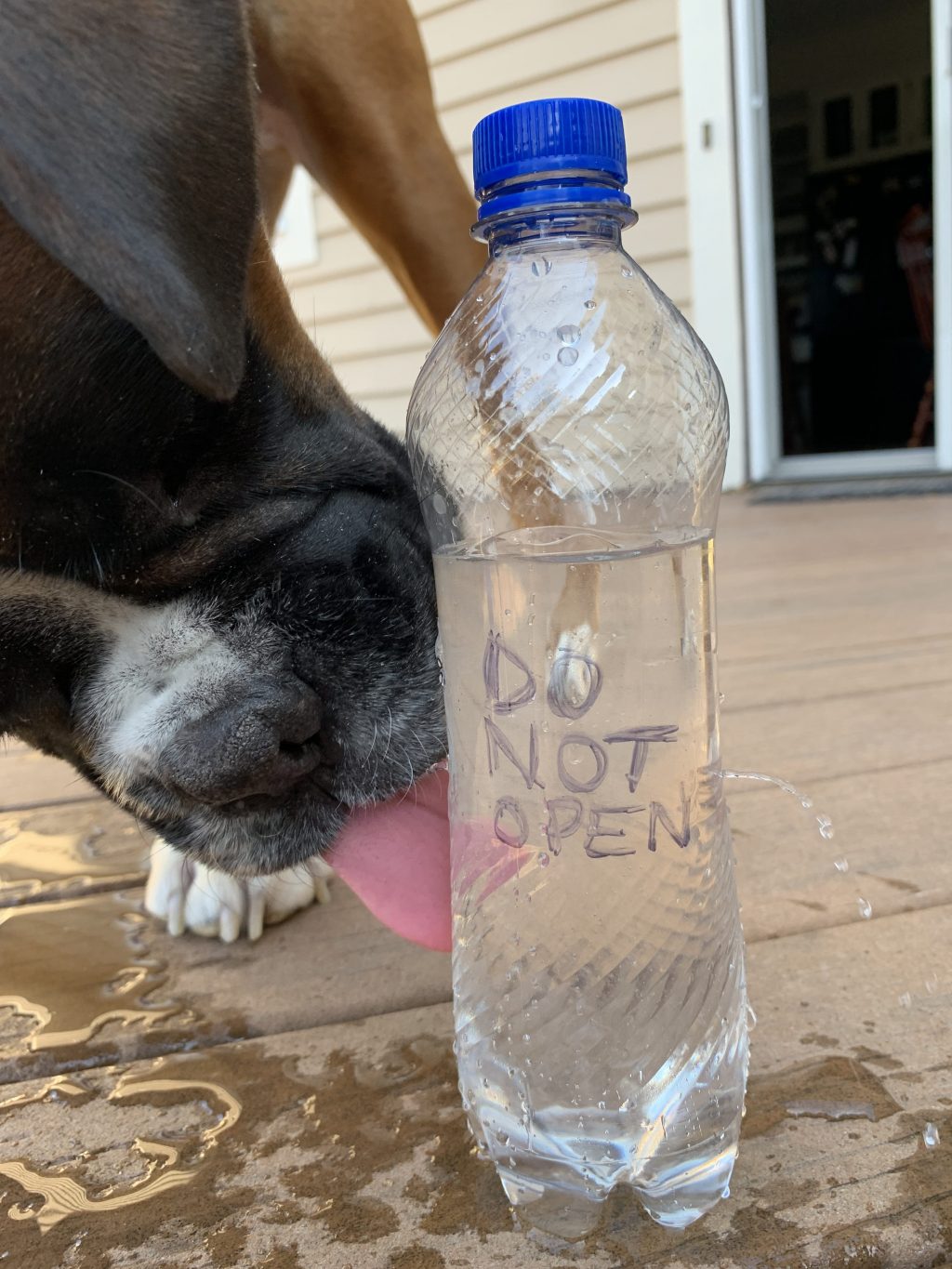
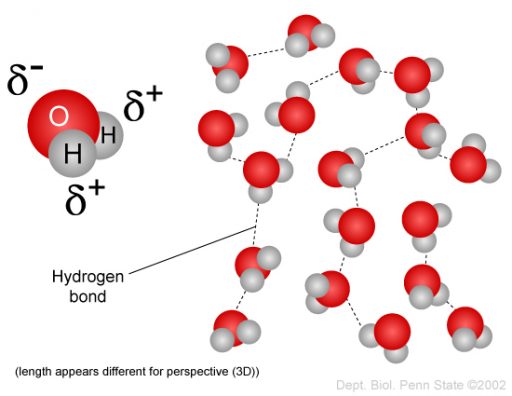
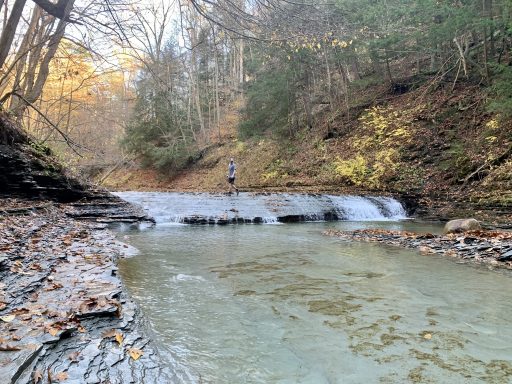

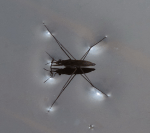
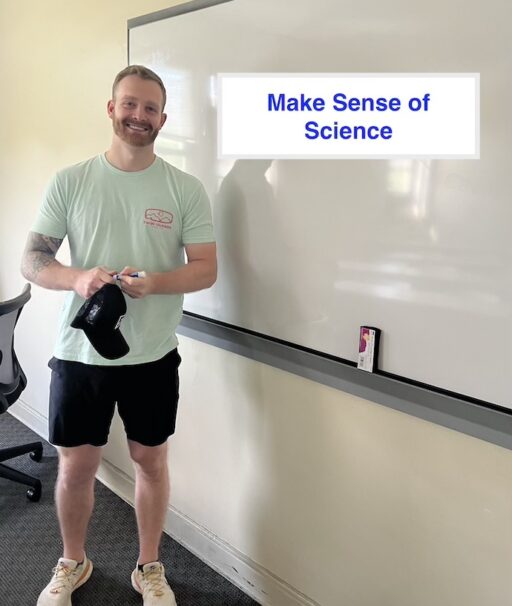

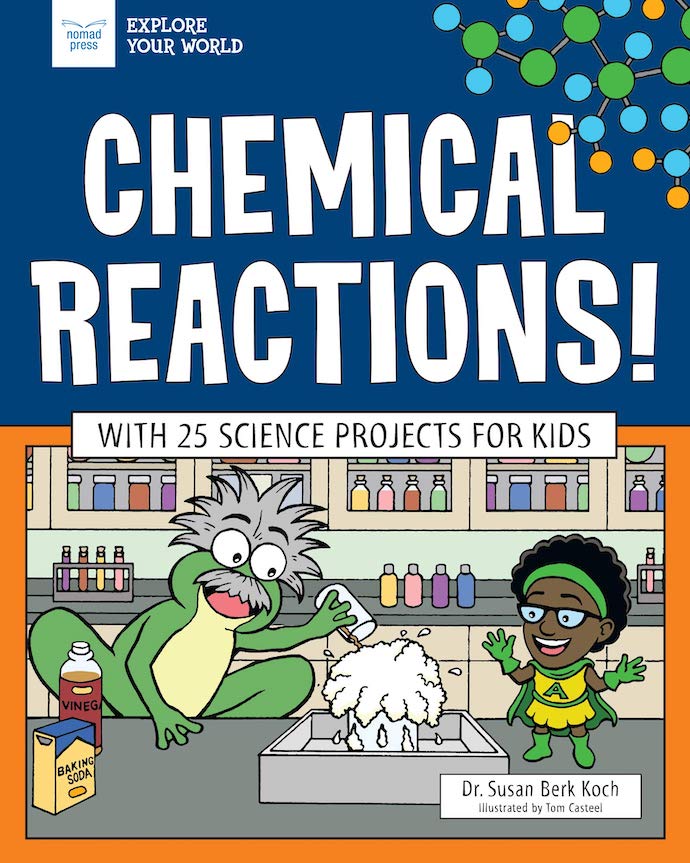

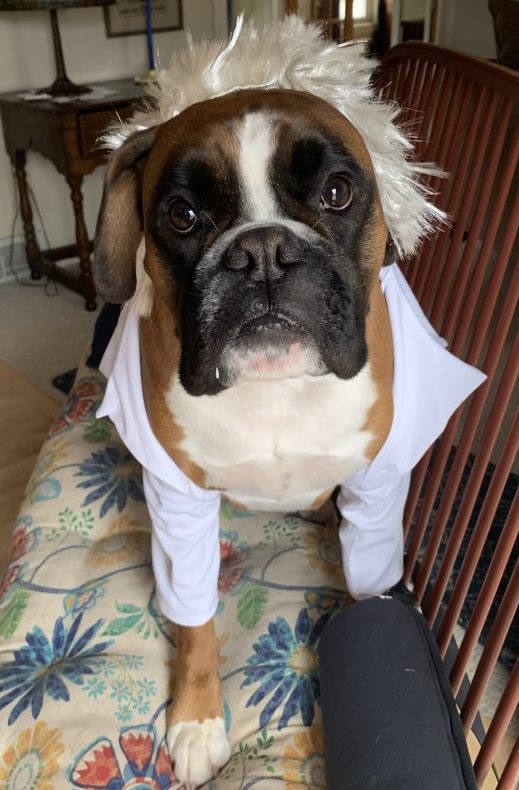
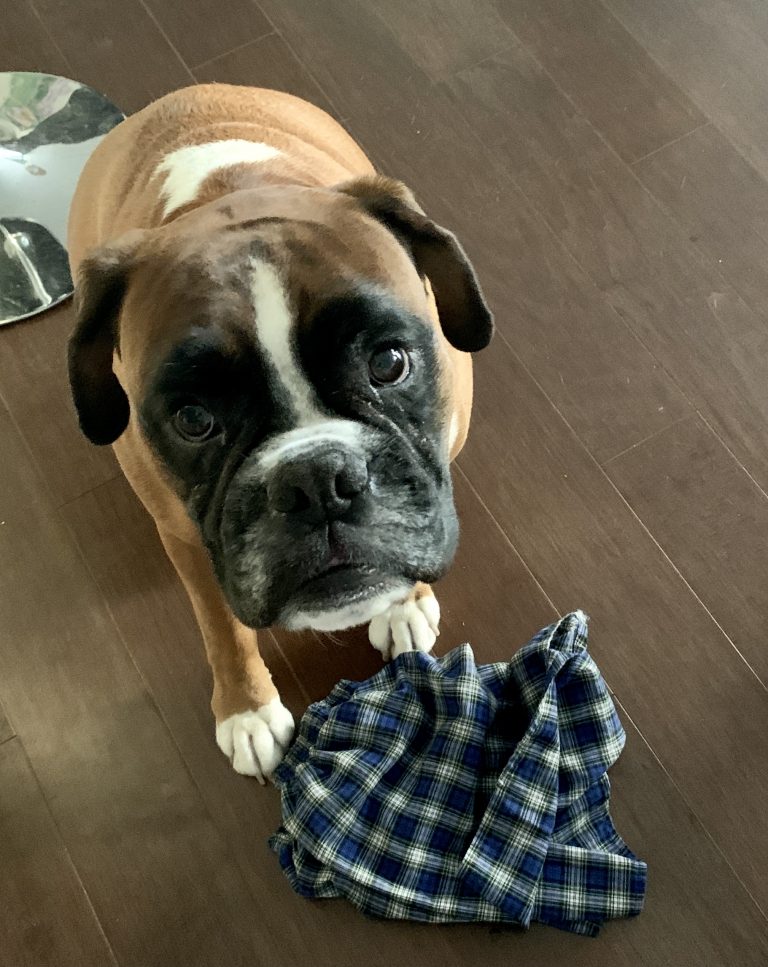
These look like fab experiments!
Thanks!
Interesting! I’ve shared your blog with my great nephew and niece in LA
THanks so much! They’ll have fun with the experiments!
these are cool experiments with great instructions. I prefer the first one.
The first one is less messy, without question. And looks like magic! Thanks so much.
I knew about water tension, but I didn’t know it would stop a leak in a bottle if the caps tightly on
It needs to be a small hole but it’s still pretty cool! Thanks!
Really interesting experiments. I love that its with things that the majority of us have at home.
I like that too! No financial expenditures. Thanks.
Great ideas, they definitely look fun to carry out!
Anika | chaptersofmay.com
The spinning straw is pretty cool to see. I hope you give it a go! Thank you.
These are such great ideas for science experiments! Thanks so much for sharing!
Glad you like them. Thanks so much!
Louie is just amazing and so adorable! I love all these experiments and that I can do them easily!
Louie is a helpful science guy, without question! You can do these experiments easily but I’ll be happy to send Louie your way if you have any issues. Thanks a lot!
These are great experiments to try at home. They’re very similar to some in Flora’s bi-monthly Letterbox Lab subscription boxes, but getting kids involved in fun science at home is always a good thing!
I agree! Getting kids involved in science has nothing but positives! Nice that you’ve found another easy way with subscription boxes. Thanks, Lisa!
Hi Sue,
Two more experiments to show the grandsons. You and Louie are providing great content especially during this time of virtual and increased home schooling. Thanks so much.
I’m excited that you’re going to show your grandsons! You’ll make it lots of fun. Be sure to check back and let me know how it goes. Thanks, Amy!
Ah these are such interesting and fun ideas. Perfect for kids!
Perfect for kids and full-proof for adults. Thank-you, Jenny!
I love these experiments, especially the static electricity one
The spinning straws/static electricity is easy as can be and a fun twist on an interesting concept. Thanks so much!
These look like some really fun experiments to do with our nieces and nephews. I’m going to have to give them a try – especially the water bottle trick. I’m sure that they would have WAY too much fun with that one! Thank you for sharing these… I love that they use nothing but the items we have kicking around the house already.
I’m pumped that you’re going to give these a try with your nieces and nephews! They will have way too much fun! Thanks so much.
This is great Sue! I always really enjoyed these sorts of things as a kid. I especially love that you don’t have to spend any money to do them. Thank you!
We used to keep arm and hammer in business with baking soda bombs! Hm…I should do that one next time. Thanks for sparking the idea, Clarissa!
These look like so much fun to try! I loved it. I’ll prepare to do this when my nieces and nephews come over 🙂
You’ll be their favorite auntie! Thanks.
That looks like so much fun. I think it’s something that would definitely keep a child’s attention throughout the experiment!
Hands on is the best! Thanks so much!
It’s interesting experiments. While I was reading this, I recall my school time as I used to be a science student.
Cool! Thank you for stopping by!
Fun stuff! Thanks, Sue 🙂
Thanks, Jane!
Those look like so much fun! Really great ideas!
Glad you liked my take on static electricity and water pressure & cohesion. Thank you!
Experiments at home sound like fun! So much fun for children. Thank you for sharing.
Thank you so much!
Interesting experiments! And with this, I just reviewed some chemistry, hahah 🙂 I might try these.
Question, though: since you didn’t fill the bottle with water completely, is the remaining part of the bottle filled with air?
Thanks!
Great question! I did fill the bottle completely and a bit dripped out until the water cohesion took hold. (I was taping the videos myself, a personal challenge!) So yes, there is some air in the bottle exerting pressure but the cohesive properties are keeping it in balance. Thanks!
My favourite is putting water on a flat plate, placing 3 coins in the water, lighting a match and placing it on the coins and then putting a pint glass over the top. The fire burns all the oxygen and creates a vacume, sucking up the water into the glass.
Helen
I love that one, too! I’v got a post explaining how to do it and the science behind it here!
Thanks so much!
Another great post, Sue. Perfect for homeschooling families! Easy but great experiments.
That’s what I’m after! I appreciate you taking the time to comment! Thanks.
These are all awesome! PS: love the dog pictures that come along with these experiments 😊
Louie is an integral part of any photo….he draws the eye away from me! ha Thanks!
Nice experiments. I like the second one.
A vote for # 2! Thanks so much.
Ooooh these experiments are amazing!
Love, Amie ❤
The Curvaceous Vegan
Thanks so much!
These all look like really fun experiments to try out at home! 🙂
https://www.femaleoriginal.com
You should give them a try. Thanks so much!
Really interesting post with some great ideas. Might have to give some a try now I have more time at home!
Tash
Oh, yes, all our time at home. That’s probably was I was uncharacteristically patient when it took me six takes to get that water bottle video done! Thanks, Tash!
I love these, they all look like so much fun! Perfect to do in lockdown with kids xx
http://www.dellalovesnutella.co.uk/
That’s exactly why I wrote the post. Fun, easy, no run-to-the-store-for-supplies experiments for lock-down. (Which I hope won’t be happening for much longer!) Thanks, Della.
Great ideas – these definitely impressed me! I didn’t find science too interesting when I was at school, but when you apply it to fun situations like these it’s much more interesting. P.S. your dog is adorable!
I agree, hands on activities and levity go a long way towards learning! Louie says thank you! (me, too.)
Great blog, great ideas and great fun for everyone.
Thank you! I’m glad you liked my post.
These are very fun experiments to try out, especially with being in lockdown, it will help people to do something fun rather than doing nothing at all 😁 Science is fun that’s one thing my teacher taught me at school.
How cool that your teacher taught you to love science! I hope people will try these with family or their kids. Science activities for lockdown and beyond! Thanks, Luke!
You can’t go wrong with some science at home! The static electricity one was always fun – It helps kids understand why we get that shock when we get clothes out of the dryer and such. Love the science with this!! Thanks for sharing!
Nancy ✨ mdrnminimalists.com
I agree; it opens up the world when kids understand the why behind what’s happening around them! Thank you!